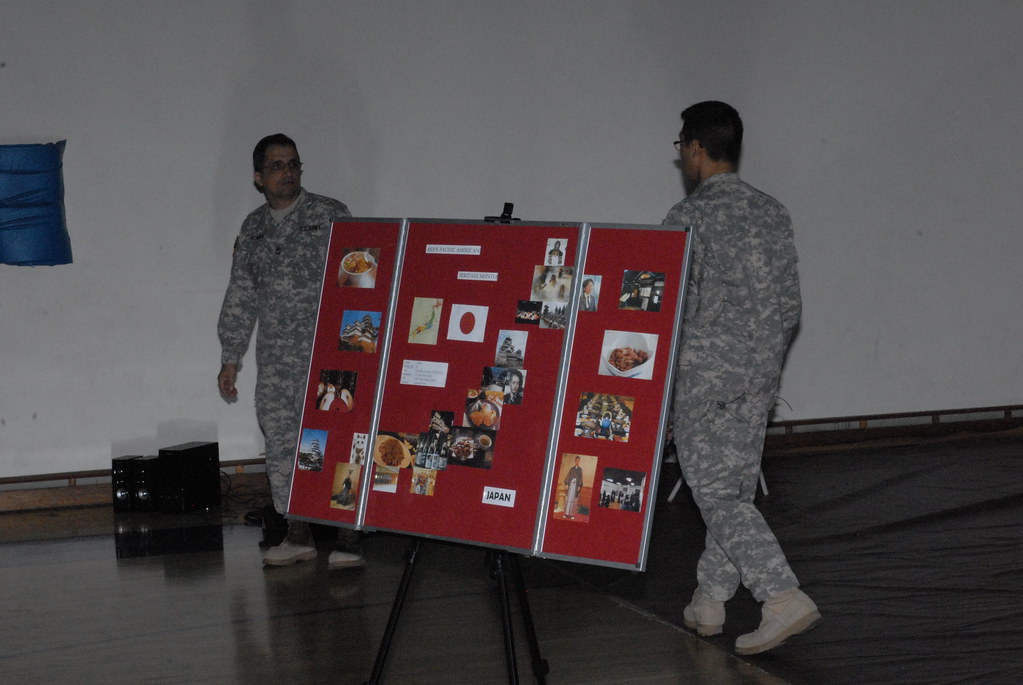Key Asian customs for weddings
A ceremony is a significant occasion in Central Asia that reflects the region’s nomadic prior and is typically accompanied by sizable celebrations. Despite the fact that some customs were outlawed during the 60 to 70 decades of Soviet/russian guideline, others have persisted.
For instance, brides in Kyrgyzstan frequently live with their innovative in-laws for weeks or even months prior to the wedding service. She may receive advice on how to be a good spouse during this time from her female family members. In the past, they will also sing songs to strengthen their relationship. This time period is referred to as Kazakh” Salom Beru” or” Kelin Salam” During this time, the bride wears a traditional gown and veil. She will formally welcome guests by bowing. Additionally, she will receive a white shawl, which represents cleanliness.
The man may also give donations to the couple’s adult friends. In some areas of the nation, he likely moreover give her home team a bride. 90 % of all wedding ceremonies in Turkmenistan involve paying this “bride’s price,” which can contain horses, cattle, funds, stitching, and gowns. This practice was outlawed during the Communist era but is now becoming more popular. Both communities will have friends and neighbors join them at the exact marriage specific function. The invitee record, which is frequently lengthy, reflects the social standing of the locals.

Both people may get ready for a huge supper before the true ceremony festival. The bridegroom does subsequently engage in the “uncovering the experience” tradition. This entails shooting an arrow three periods into a gap in the home’s ceiling. On the first two attempts, the bow narrowly misses the woman’s nose. She is struck in the head by the second arrow. She will then be allowed to see after unbuttoning the towel that was covering her face. This serves as a reminder of her popularity of the union.
The wife is driven to her fresh residence by her male in-laws on the wedding day itself. Behind a curtain (koshogo ), which is typically hung in the middle of the room, she will be greeted. After that, she will hide from her new husband’s male friends in this space for several times. She likely been given more pale hats by the relatives during this time. Additionally, she likely get her locks combed and be blessed by the female family members.
She likely remain led to her innovative room following the ceremony. Usually, embroidered mattresses and a mattress dome are used to decorate bedrooms. The partners likely finally receive invitations to functions that their fresh in-laws are hosting. The partners may get served a variety of foods at these gatherings, including traditional corn dishes and mutton stew. They will also be instructed to bust flatbreads in front of their visitors.
Some areas of central Asia tajikistan brides also engage in a non-consensual wedding abduction process known as “marriage by violence.” When the youngster decides to get married, he either asks his kids to pick his wife, or his mummy tells him that she has been chosen for her son. This practice is most prevalent amongst the Kazakhs, Uzbeks and Karakalpaks, an automatic region in southern Uzbekistan.


